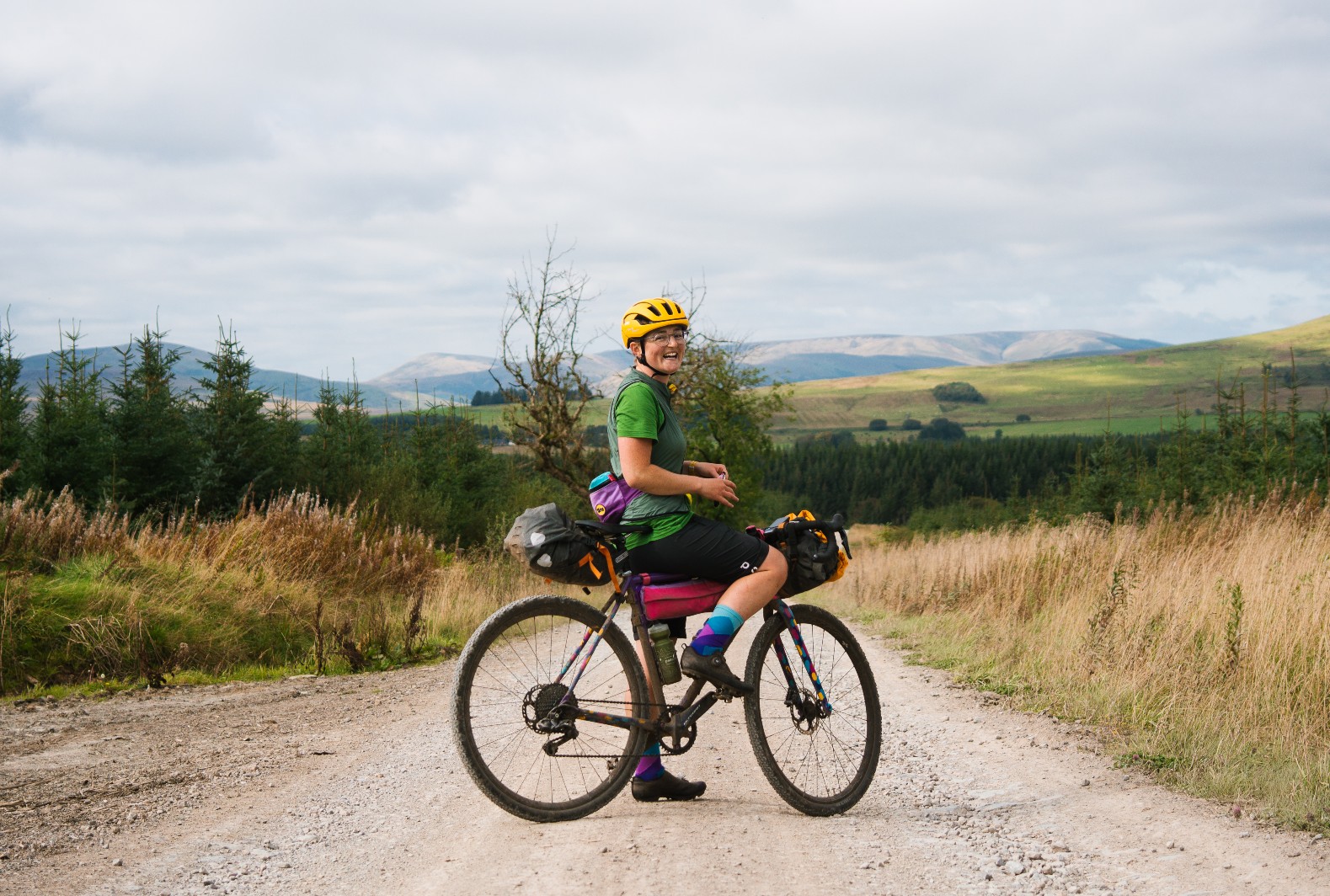Diverging from their road-going ancestors, gravel bikes offer a choice of wheel sizes: the standard 700c as seen on road bikes, or slightly smaller 650b. Many gravel frames are designed to be able to accommodate both.
You can often choose between these gravel wheel sizes when ordering your new gravel bike setup, too.
What are the differences between these hoop sizes, and what are the pros and cons of each? Should you have a set of each with different tyres for tackling different terrain?
Here, we take an in-depth look to help you decide which are the best gravel wheels for your rig.
What is 650b?

What does 650b mean? The name for these wheels – which are essentially the same thing as 27.5in mountain bike wheels – is derived from a French sizing system, just like 700c (29in equivalent).
The number relates to the approximate diameter of the wheel, including the tyre, while the letter relates to the approximate width.
We use the word approximately here, because this measurement includes the tyre, which can vary greatly in size according to the tyre’s profile.
To be more accurate, from rim bed to rim bed a 650b wheel measures 584mm in diameter, with a 700c rim measuring 622mm. Bit less catchy, isn’t it?
When we talk about 650b wheels for gravel riding though, we typically associate this smaller wheel size with larger-volume and width tyres. This is because there’s usually more tyre clearance in the frameset to accommodate this chunkier rubber compared to 700c wheels.
When compared to a 700c wheel with a narrower tyre, this increased tyre size reduces the effect of the decreased diameter of the 650b wheel rim. Therefore, the rolling diameter of the two different setups is usually similar.
Pros of running 650b wheels on a gravel bike

650b wheels are typically used in conjunction with wider tyres – in the region of 45mm up to 2.1in (53mm) – compared to 700c wheels.
This allows riders to run lower tyre pressures, yielding enhanced grip as well as improved comfort. A greater cushion of air can also reduce the risk of pinch punctures, especially when set up tubeless.
Greater grip comes in handy on the rougher trails, while increased comfort is especially useful for longer, multi-day bikepacking tours.
As on the road, some shorter riders opt for 650b tyres for better handling in proportion to the frame size and reduced toe overlap when gravel riding.
Lastly, 650b wheels tend to be stronger than 700c, as the shorter spoke triangle leads to a more robust construction.
Cons of running 650b wheels on a gravel bike
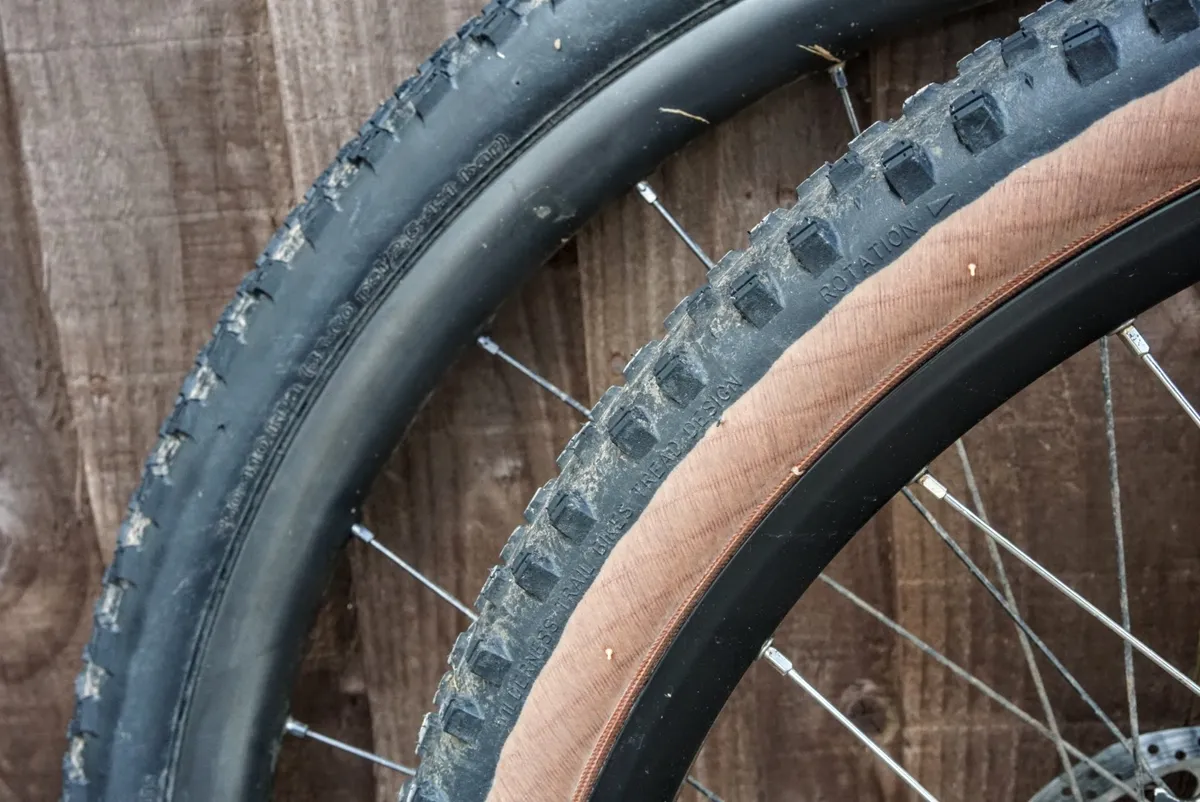
Because 650b wheels and tyres for gravel riding are relatively new, there’s a slightly more limited selection to choose from. This is improving though.
Most 650b tyres will be higher-volume options (45mm and above). They usually feature a greater level of tread, like the 47mm WTB Sendero, which is essentially a little cross-country mountain bike tyre.
If you’ve already got a 700c wheelset, then you’ll need to fork out for a 650b alternative. Thankfully, there are options to suit most budgets, from entry-level builds to bespoke, lightweight and race-focused carbon wheelsets.
Remember you’ll also need inner tubes to match your new wheels – whether that’s for your standard setup or a spare in case of any tubeless setup issues. Check out our full guide on tubeless tyre repair before taking to the trails if this technology is new to you.
What is 700c?
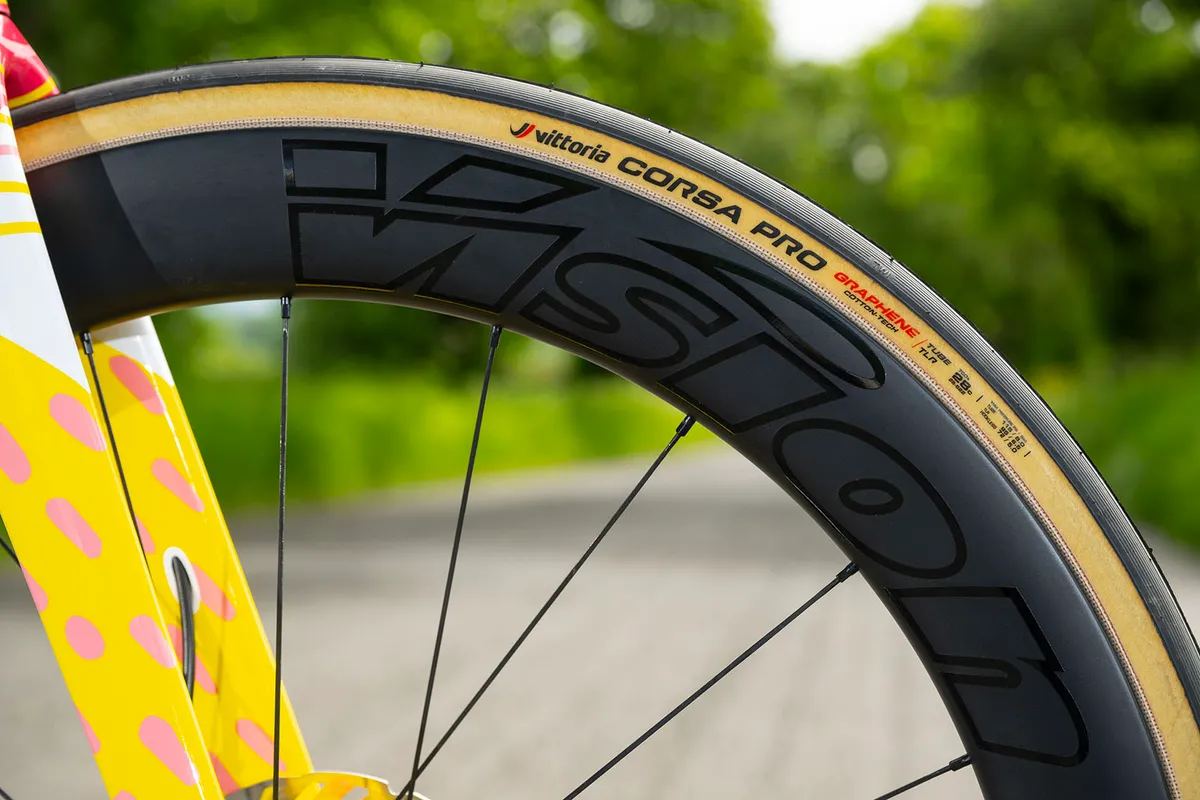
700c is the standard size for road bike wheels, but the term itself is not very insightful.
In theory, '700' refers to the diameter of the wheel across the outside of tyre in millimetres.
In practice, several factors influence a wheel's outside diameter, including tyre width and profile.
As a result, a more useful wheel measurement is the gap between the tyre bead seats.
What about the 'c' part of 700c? This harks back to when 700a, 700b and 700d wheels were more common. The letters denoted different bead seat widths.
For simplicity, eventually tyre and wheel makers adopted 700c as the industry standard.
Pros of 700c wheels on a gravel bike
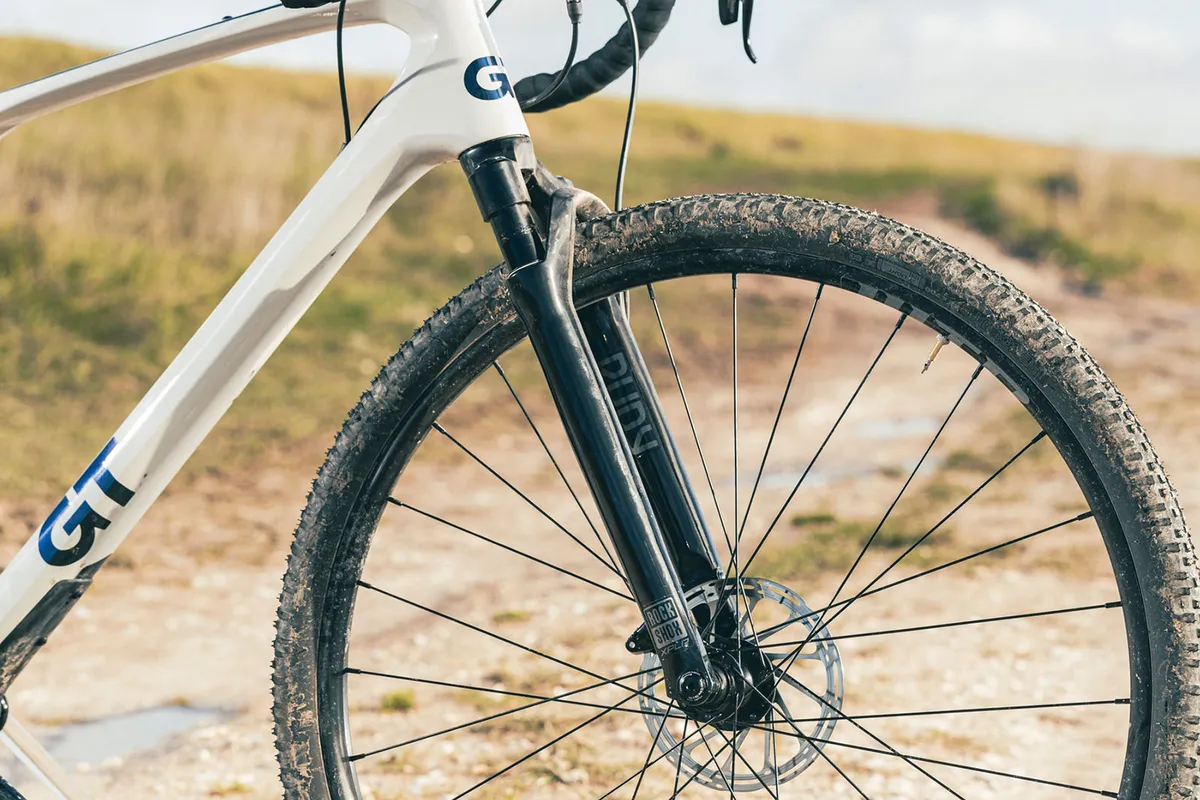
Because 700c wheels have been the norm for a long time, lots of gravel wheelsets are on the market.
Axle-standard incompatibilities aside, there's nothing technically stopping you from using a road bike or mountain bike wheelset on a gravel bike.
However, remember to check the internal rim diameter before you buy. That largely determines a wheelset's suitability for use with gravel tyres.
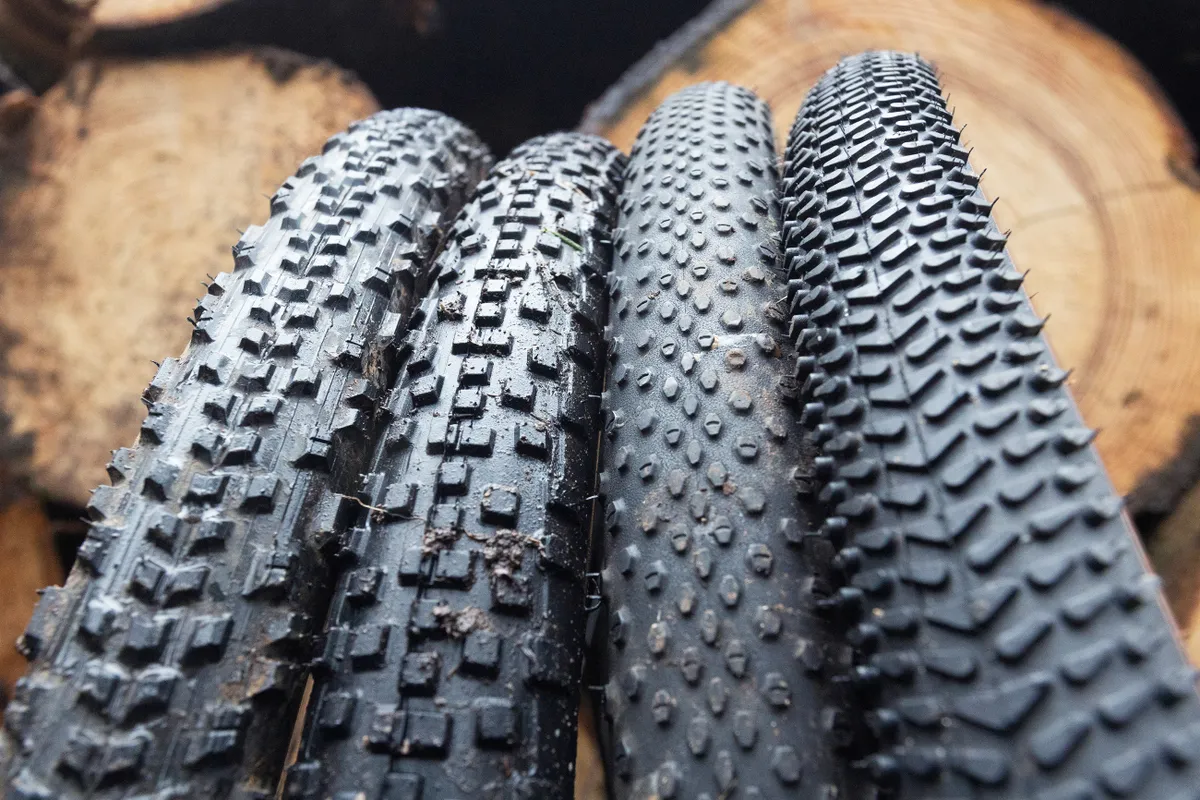
As well as good wheel availability, 700c tyre availability is also better, along with a whole raft of different widths and tread options.
Many people claim that a larger-diameter 700c wheel will offer easier rollover, just like a 29er mountain bike setup. However, it’s more nuanced than that when it comes to gravel.
Set up with the same width tyres – let's say 40mm – the 700c wheelset will have a greater external diameter than a 650b wheelset. This increases rollover and speed.
However, most people opt for a wider, higher-volume tyre for 650b wheels. This significantly reduces this difference between the setups' external diameter, and hence the impact on rollover.
The other primary benefit of 700c wheels is reduced rolling resistance. For this reason, 700c is the most popular choice when it comes to gravel racing.
This is a broad generalisation and is subject to both tread and tyre width chosen, and tyre pressure.
Cons of using 700c wheels on a gravel bike
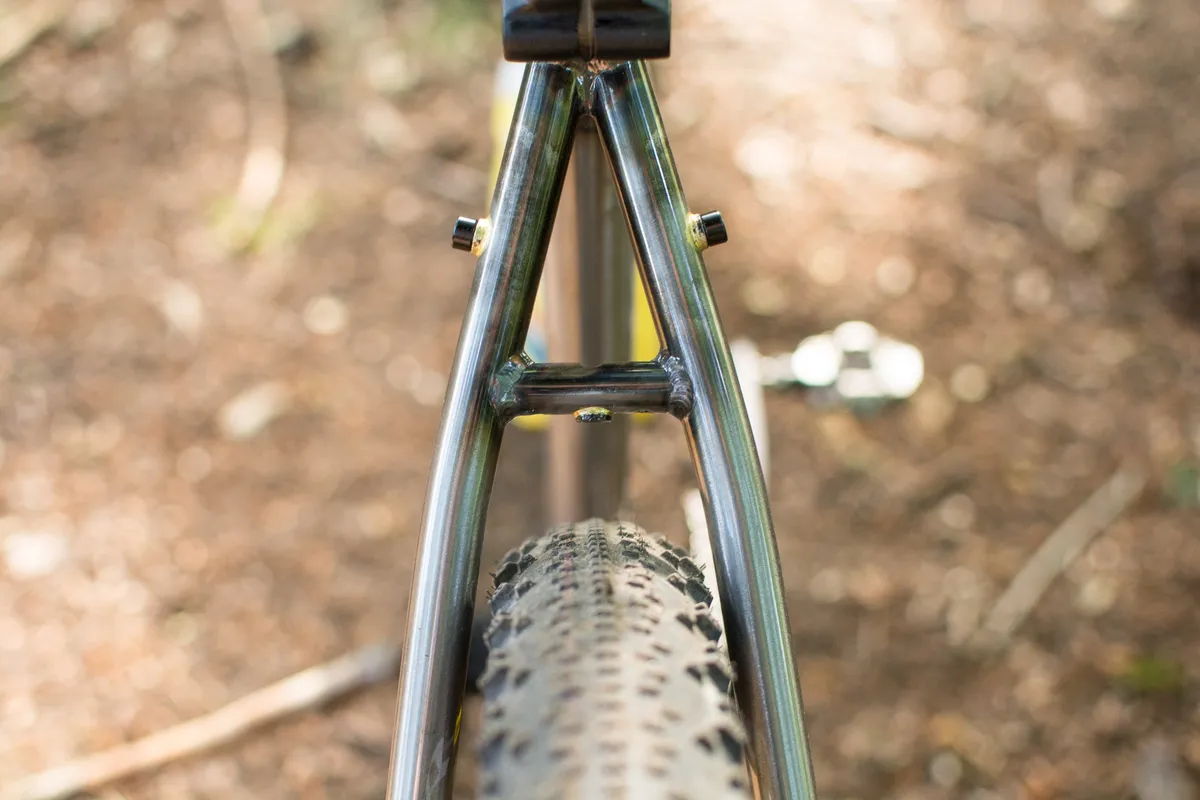
The downside of 700c wheels is that the maximum tyre width you can fit may be limited. This may also extend to limits on mud clearance and space for traditional mudguards.
Frame design influences clearance, however, and many modern gravel bikes will have oodles of tyre clearance on 700c wheels.
650b or 700c, what’s right for you?
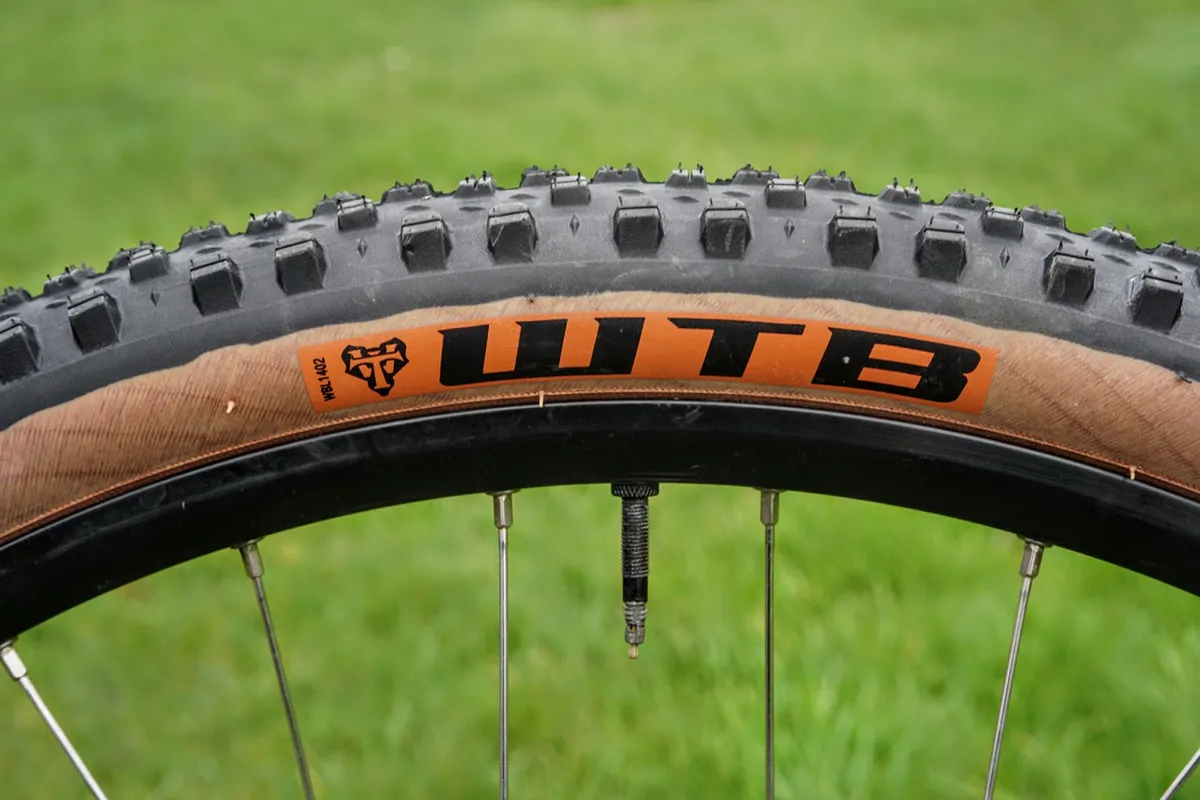
The best wheel size for your gravel bike will depend on your gravel riding preferences and intentions.
Wanna get rowdy and hit up some MTB trails, or want to cross a mountain range with everything you’ll need for a week? Try 650b.
Looking to go fast over smoother hardpack and tarmac with no compromise on speed on a gravel race bike? 700c will probably be best for you.
There’s so much more to this question than simply wheel size though. All these attributes also depend on your tyre choice and how this interacts with the wheel size.

It appears preferences are changing too, as James Heaton, from WTB explains.
"Our wider 700c gravel tyres are growing in popularity," he says.
"Frame designers are creating bikes with more and more tyre clearance. It's allowing more riders to appreciate the benefits that come with larger-volume tyres.
"Previously, it was largely riders with 650b wheels that could enjoy the extra comfort and grip that comes with bigger tyres.
"But it looks like the world of floaty fun is slowly opening up to those with 700c wheels too."
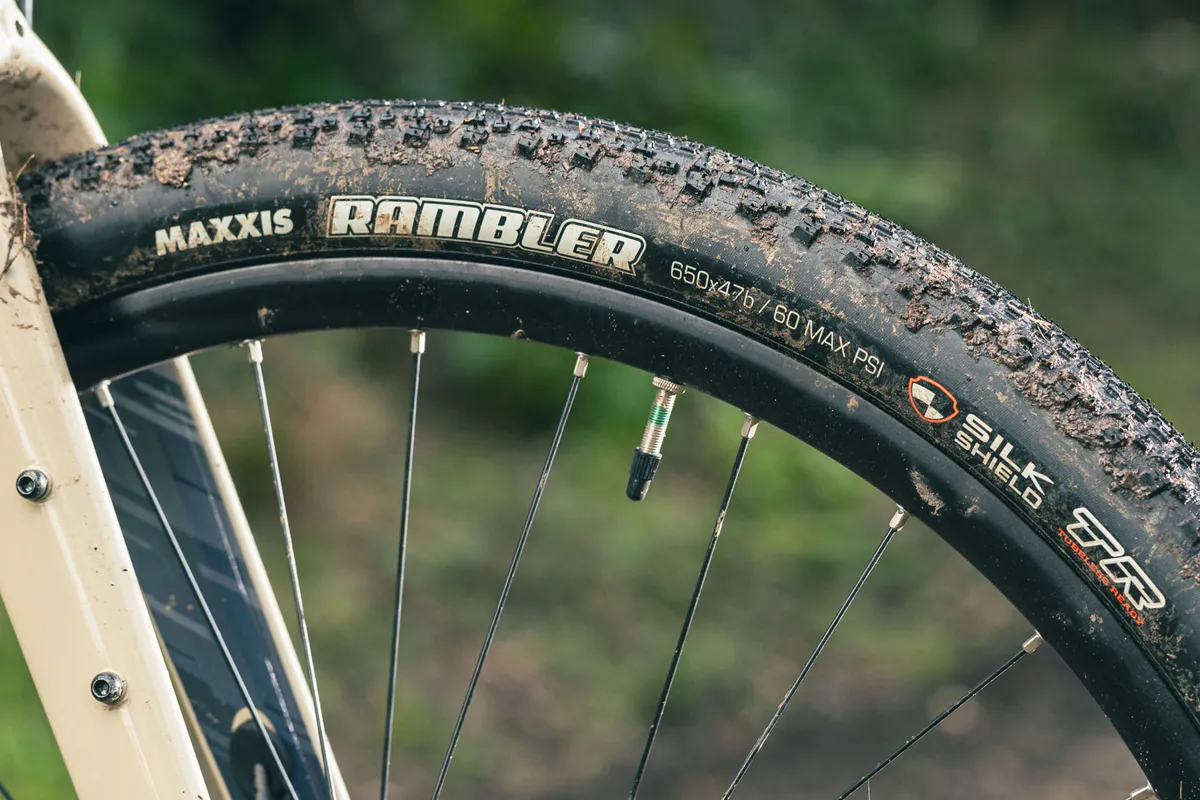
Ollie Gray, Hunt Bike Wheels’ former road and gravel brand manager seems to agree.
"It’s common to see clearance for 700 x 45 now, whereas a couple of years ago it was necessary to run a 650b wheel if you wanted a high-volume tyre," he says.
"Frame design has caught up, so running bigger wheels with bigger tyres is easier than it used to be."
According to Gray, sales figures show that 700c looks to be crowding out 650b as the de facto drop-bar wheel size.
"However, I don’t think 650b will disappear," he continues, "and honestly, I really think a pair of 650b wheels can be a bit of a no-brainer when it comes to gravel bikes.
"It’s a really easy way of making one bike feel like two."
